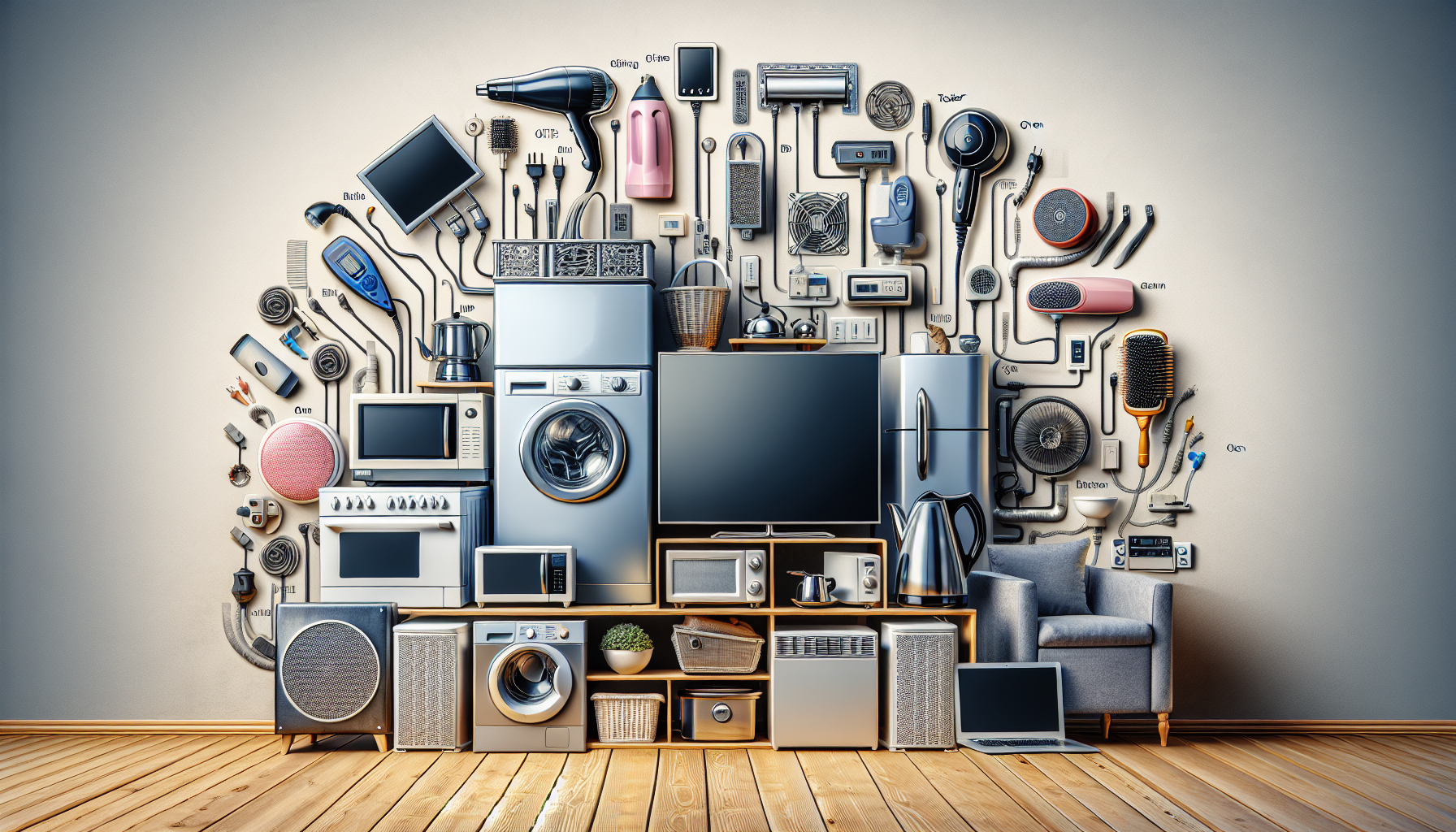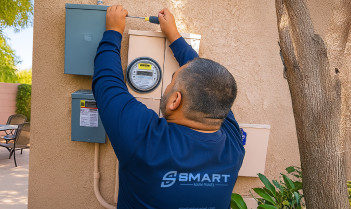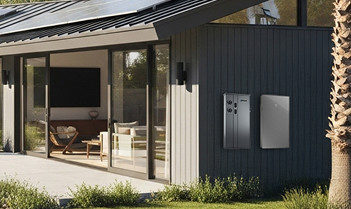
Date
How Big Of A House Can A 200 Amp Panel Handle?
Imagine you’re in the market for a new house, and you’re wondering how big of a house a 200 amp panel can handle. Well, you’re in luck! In this article, we’ll explore the capabilities of a 200 amp electrical panel and determine the size of house it can comfortably accommodate. Whether you’re a first-time homebuyer or planning to upgrade your current living space, understanding the capacity of your electrical panel is essential for ensuring your home meets all your electrical needs. So, let’s dive in and discover just how big of a house a 200 amp panel can handle!
Understanding Amp Panels
What is an amp panel?
An amp panel, short for ampere panel, is an electrical panel that regulates and distributes the flow of electricity in a building. It is also commonly referred to as a circuit breaker panel or a breaker box. The main function of an amp panel is to protect electrical circuits from overloading and potentially causing electrical fires.
What is the purpose of an amp panel?
The purpose of an amp panel is to provide a centralized location for controlling and distributing electricity throughout a home or building. It houses multiple circuit breakers, each of which controls the flow of electricity to a specific circuit. The circuit breakers are designed to automatically interrupt the circuit in case of an overload or short circuit to prevent damage to the electrical system and ensure safety.
How does an amp panel work?
An amp panel works by accepting electrical power from the utility company through the main service entrance cable. This power is then divided into different circuit breaker slots within the panel. Each circuit breaker is connected to a specific electrical circuit in the house, such as lighting, outlets, or appliances. When the electrical demand exceeds the capacity of a circuit, the corresponding circuit breaker “trips,” cutting off the flow of electricity to that circuit and preventing further damage.
Determining Amp Panel Capacity
What factors determine amp panel capacity?
Several factors determine the amp panel capacity required for a house. These factors include the size of the house, the number of electrical circuits, the type and number of high-power appliances, and any potential future electricity needs. It is crucial to consider these factors to ensure that the amp panel can adequately handle the electrical load without tripping the circuit breakers or causing any safety hazards.
What does a 200 amp panel indicate?
A 200 amp panel indicates that it can handle a maximum electrical load of 200 amps. This capacity is suitable for most average-sized houses and can support a wide range of electrical appliances and devices. It is important to note that the 200 amp panel capacity refers to the maximum load that the panel can handle, and it is not the actual amount of electricity consumed by the house at any given time.
Calculating the total amperage required for a house
To calculate the total amperage required for a house, you need to consider the power consumption per square foot, the types of high-power appliances installed, and the number of electrical circuits needed. By adding up the individual amperage ratings for all the circuits and appliances, you can determine the approximate amperage required. It is recommended to consult with a licensed electrician for an accurate calculation to ensure the amp panel can handle the electricity needs of the house.
Factors Influencing House Size
Average power consumption per square foot
The average power consumption per square foot is an essential factor to consider when determining the amp panel capacity for a house. This measurement helps estimate the total power consumption based on the size of the house. Larger houses generally have higher power demands, as they tend to have more electrical circuits, appliances, and lighting fixtures.
Types of high-power appliances
Certain appliances in a house require a significant amount of power to operate. These high-power appliances include electric ovens, air conditioning units, electric water heaters, and electric vehicle chargers. The number and type of high-power appliances in a house directly impact the total amperage required, influencing the amp panel capacity needed.
Number of electrical circuits in the house
The number of electrical circuits in a house is crucial in determining the amp panel capacity. Each electrical circuit requires a certain amount of amperage, and the total amperage required for all circuits combined determines the amp panel capacity. Houses with more circuits, such as those with numerous rooms and separate areas, generally require a higher amp panel capacity to accommodate the electrical load.
Average Power Consumption Per Square Foot
The concept of power density
Power density refers to the amount of power consumed per unit of space, typically square footage. When calculating the average power consumption per square foot, it is important to consider the specific power requirements of the appliances and circuits in the house. This measurement provides a guideline for estimating the power demands based on the size of the house.
Estimating power consumption based on square footage
To estimate power consumption based on square footage, you need to determine the average power density for the specific type of house. Power density can vary depending on factors such as insulation, energy-efficient appliances, and climate. By multiplying the average power density by the total square footage of the house, you can get a rough estimate of the power consumption, helping determine the appropriate amp panel capacity.
Types of High-Power Appliances
Identifying appliances with high power requirements
Certain appliances have high power requirements, meaning they consume a significant amount of electricity. These appliances include electric ovens, clothes dryers, and heating systems. It is important to identify and account for these appliances when calculating the amperage needed for the amp panel.
Calculating the amperage needs of specific appliances
To calculate the amperage needs of specific appliances, you need to check their ratings, usually found on the nameplate or in the manufacturer’s specifications. The ratings typically indicate the voltage and amperage required for the appliance to operate safely and efficiently. By adding up the amperage ratings of all high-power appliances, you can determine the total amperage needed for the amp panel.
Considering future appliance additions
When determining the amp panel capacity, it is wise to consider any potential future additions of high-power appliances. If you plan to install additional appliances or electrical devices in the future, you should account for their amperage requirements to ensure that the amp panel can accommodate the increased electrical load. This foresight can prevent the need for costly panel upgrades down the line.
Number of Electrical Circuits in the House
Understanding the significance of circuits
Electrical circuits are the pathways through which electricity flows in a house. Each electrical circuit is protected by a circuit breaker, which controls the flow of electricity and ensures the safety of the electrical system. The number of circuits in a house is important because it directly affects the amp panel capacity needed. More circuits often mean a higher total amperage requirement.
Calculating the required number of circuits
The required number of circuits depends on the electrical demand of the house and the electrical codes and regulations in your area. Different appliances and rooms have specific electrical requirements, and the number of circuits should be planned accordingly. It is crucial to consult with a licensed electrician who can assess your specific needs and calculate the optimal number of circuits for your house.
Other Considerations for Amp Capacity
Accounting for potential power surges
Power surges can occur when there is a sudden increase in electrical voltage, potentially damaging appliances and electrical systems. Amp panels can help protect against power surges by incorporating surge protection devices. These devices divert excess voltage away from the electrical system, safeguarding appliances and reducing the risk of electrical damage. When determining the amp panel capacity, it is important to consider the potential need for surge protection.
Adding electric vehicle charging stations
With the increasing popularity of electric vehicles (EVs), many homeowners are installing dedicated electric vehicle charging stations in their garages or driveways. These charging stations require a separate circuit with specific amperage requirements. If you own or plan to purchase an EV, it is essential to factor in the additional electrical load when determining the amp panel capacity for your house.
Factoring in the use of backup generators
Backup generators can provide electricity during power outages, ensuring that essential appliances and systems continue to function. If you plan to install a backup generator, it is crucial to consider its power requirements and how it connects to the amp panel. A licensed electrician can help determine the necessary amp panel capacity to safely accommodate the backup generator and ensure proper operation during power outages.
Ensuring Safety and Compliance
Adhering to local electrical codes and regulations
When determining the amp panel capacity, it is vital to ensure compliance with local electrical codes and regulations. These codes specify the minimum requirements and guidelines for electrical installations in your area, including the size and type of amp panel required. Adhering to these codes is essential for the safety of your house and for avoiding potential legal issues.
Hiring a licensed electrician
Modifying or upgrading an amp panel should always be done by a licensed electrician. Attempting to work with electrical systems without proper knowledge and expertise can be dangerous and may result in damage to the electrical system or personal injury. An electrician can assess the electrical needs of your house, calculate the appropriate amp panel capacity, and perform the necessary installation or upgrades to ensure safety and compliance.
Upgrading the amp panel if required
If the existing amp panel is insufficient to handle the electrical load of the house, it may be necessary to upgrade to a higher capacity panel. Upgrading the amp panel involves replacing the existing panel with a larger one that can handle the increased electrical demand. This process generally requires the expertise of a licensed electrician to ensure proper installation and compliance with electrical codes and regulations.
Consulting an Electrician
Seeking professional advice
When determining the optimal amp panel capacity for your house, it is highly recommended to consult with a licensed electrician. An electrician can assess your specific electrical needs, consider factors such as house size, high-power appliances, and future additions, and provide expert guidance on the appropriate amp panel capacity.
Evaluating existing electrical infrastructure
An electrician will evaluate the existing electrical infrastructure in your house, including the amp panel, wiring, and circuits. This evaluation will help identify any potential issues or deficiencies and determine if any upgrades or modifications are necessary to meet the required amp panel capacity. It is important to ensure that the electrical system is in good condition and capable of safely handling the desired electrical load.
Determining the optimal amp panel capacity
Based on the evaluation of your electrical needs and existing infrastructure, an electrician will determine the optimal amp panel capacity for your house. They will consider factors such as square footage, high-power appliances, and anticipated future additions to ensure that the amp panel can handle the electrical load without overloading or posing any safety risks.
Conclusion
Understanding amp panels and determining the appropriate amp panel capacity for your house is essential for maintaining a safe and efficient electrical system. By considering factors such as house size, high-power appliances, and the number of electrical circuits, you can ensure that the amp panel can handle the electrical load without tripping breakers or causing any safety hazards. Consulting with a licensed electrician is highly recommended to accurately assess your electrical needs and determine the optimal amp panel capacity to meet your specific requirements.



